By Mary Ann Cappiello, Xenia Hadjioannou, and Melissa Stewart We are fortunate to be in the midst of a golden age for nonfiction literature for young people. Today’s nonfiction pushes boundaries in form and function, and its creators write about an ever expanding array of topics. In these books, young people encounter well-researched and nuanced explorations of cutting edge scientific discoveries, underexplored moments throughout history and in our current time, compelling accounts of historically marginalized and minoritized communities and perspectives, and more. As we advocated in our February 14, 2022, letter to The New York Times, #KidsLoveNonfiction! Indeed, several researchers investigating the reading habits and preferences of young children report that, when given the opportunity to self-select, the majority of children enjoy nonfiction as much as or more than fiction (Correia, 2011; Ives et al. 2020; Mohr, 2006; Repaskey et al., 2017). Yet, adults often assume that young people would rather read fiction, and are therefore hesitant to make nonfiction titles available to children or to devote time to exploring nonfiction with the young people in their lives. As the school year begins, we want to remind all adults who are involved in the reading lives of children that:
To raise awareness of the potential of nonfiction books to empower young people by feeding their interests and creating pathways to their passions, we’ve created the flyer 10 Ways to Discover & Share Nonfiction with Young People this Fall. We hope it will find its way onto classroom walls, library displays, and home fridges and inspire teachers, librarians, parents, and all people who read with children. Have a wonderful school year!
References Correia, M. P. (2011). Fiction vs. Informational Texts: Which Will Kindergartners Choose? Young Children, 66(6), 100–104. Ives, S. T., Parsons, S. A., Parsons, A. W., Robertson, D. A., Daoud, N., Young, C., & Polk, L. (2020). Elementary Students’ Motivation to Read and Genre Preferences. Reading Psychology, 41(7), 660–679. https://doi.org/10.1080/02702711.2020.1783143 Mohr, K. A. J. (2006). Children’s Choices for Recreational Reading: A Three-Part Investigation of Selection Preferences, Rationales, and Processes. Journal of Literacy Research, 38(1), 81–104. https://doi.org/10.1207/s15548430jlr3801_4 Repaskey, L. L., Schumm, J., & Johnson, J. (2017). First and Fourth Grade Boys’ and Girls’ Preferences For and Perceptions About Narrative and Expository Text. Reading Psychology, 38(8), 808–847. https://doi.org/10.1080/02702711.2017.1344165 Mary Ann Cappiello teaches courses in children’s literature and literacy methods at Lesley University, blogs about teaching with children’s literature at The Classroom Bookshelf and Text Sets and Trade Books, and is a founding member of The Biography Clearinghouse. She is a former chair of NCTE’s Orbis Pictus Award for Outstanding Nonfiction K-8. Xenia Hadjioannou is associate professor of language and literacy education at the Berks campus of Penn State University. She is vice-president of CLA and co-editor of the CLA Blog. She is a founding member of The Biography Clearinghouse. Melissa Stewart is the award-winning author of more than 200 science-themed nonfiction books for children and co-author of 5 Kinds of Nonfiction: Enriching Reading and Writing Instruction with Children’s Books. Her highly-regarded website features a rich array of nonfiction writing resources. By Susan PolosAt the beginning of each school year, teachers flock to public and school libraries in search of familiar or new back-to-school books to read to classes as they welcome students to a new school year. There is no shortage of titles from which to choose. Typical displays in most libraries showcase dozens of choices. Many picture book series feature a well-known character going back to school. Froggy, the Pigeon, the Pout-Pout Fish, Llama Llama and Lola are just a few familiar characters who face their fears and find that school is a happy place. School itself may be the focus of the read-aloud. This Is a School by John Schu, illustrated by Veronica Miller Jamison, lets children know that school is not just a place but is also a collection of people, grown up and young, whose diverse identities enrich the process of learning. School’s First Day of School by Adam Rex, illustrated by Christian Robison, turns the perspective from the student experience to the experience of the personified school building, which is happy when children are happy and playfully squirts water from the water fountain in the face of a child who has something negative to say about school. A perennial favorite in many classrooms is First Day Jitters by Julie Danneberg, illustrated by Judy Love. The story follows a reluctant protagonist who resists all efforts to get ready for school. Only at the end is it revealed that this character is actually the teacher. This offers the opportunity for students to appreciate that their teacher is a person, too, who may have feelings about the new year that are complicated, just like their own. It is also funny, and first days are better when the class can share a laugh. Beyond the first-day-of-school perspective from the school and teacher, there’s even a book about the first day of school from the point of view of the bus, Little Yellow Bus by Erin Guendelsberger, illustrated by Suzie Mason. The bus, like the teacher, is nervous, but he pushes through and has a great first day! Children’s literature provides positive examples of children’s agency in the face of new experiences. The Queen of Kindergarten by Derrick Barnes, following The King of Kindergarten, both illustrated by Vanessa Brantley-Newton, is the story of a child who is primed to be successful by her family as she internalizes their praise and deep respect. A fun detail occurs as she is asked to select a book for a classroom read aloud and selects Crown, a book by the same author. Another book that shines light on attitude is I Got the School Spirit by Connie Schofield-Morrison, illustrated by Frank Morrison. This book will create excitement in the classroom as students appreciate that they bring the enthusiasm necessary to shape a strong community. The Day You Begin by Jacqueline Woodson, illustrated by Rafael López is a book that will help students who worry that they might not fit in. It will open conversation about the value and importance of welcoming and appreciating everyone and provide a springboard to celebrate differences and to find similarities. This can be paired with All Are Welcome by Alexandra Penfold, illustrated by Suzanne Kaufman, a picture book whose simple message of inclusivity is told in rhyme and reinforced with the images of happy and diverse children. Every school year is new as students move through different grades, and first days are the subject of books for older students as well as the very young. Beyond picture books, check out the early chapter book Harry Versus the First Hundred Days of School by Emily Jenkins and illustrated by Pete Oswald. Harry is in first grade, and each chapter follows the calendar academic year as he experiences the ups and downs of the school year. For added fun, the author refers to over a dozen picture books which can be read aloud during the school year, including Last Stop on Market Street by Matt de la Peña, illustrated by Christian Robinson, and Niño Wrestles the World by Yuyi Morales. Middle schoolers will love New Kid and Class Act by Jerry Craft, graphic novels that follow Jordan, a new student, and his friends as they navigate middle school. There are many more titles not included here, and this is just a sampling, barely scratching the surface of what is available. First day worries are ubiquitous, and books can normalize the sense of unease while bringing classes together to laugh and to consider how creating a sense of belonging for all can set the tone for the whole year. Susan Polos is the middle school librarian at Greenwich Country Day School in Greenwich, Connecticut, and is a CLA member. |
Authors:
|
||||||||
CLA
About CLA
|
Journal of Children's Literature
Write for JCL
|
ResourcesCLA-sponsored NCTE Position Statements
|
Members-Only Content
CLA Video Library
|
© COPYRIGHT 2018.
ALL RIGHTS RESERVED |

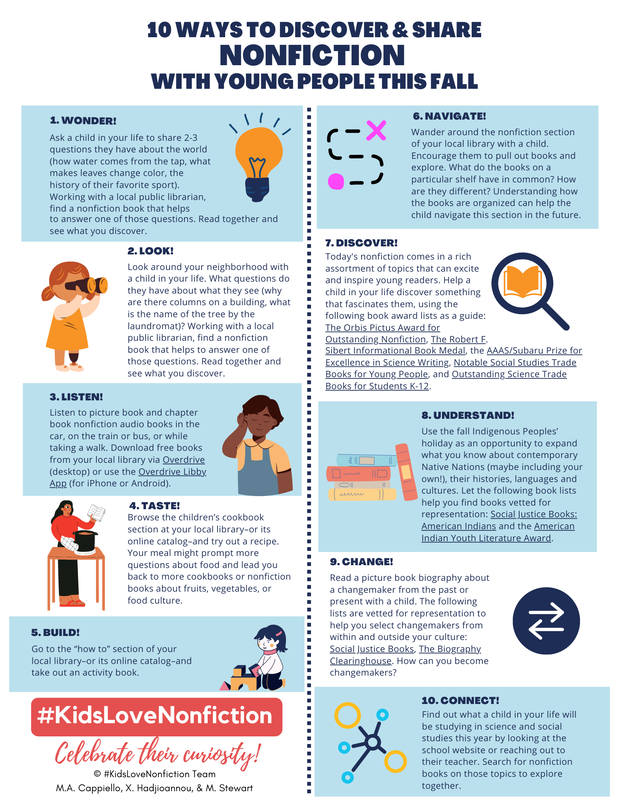
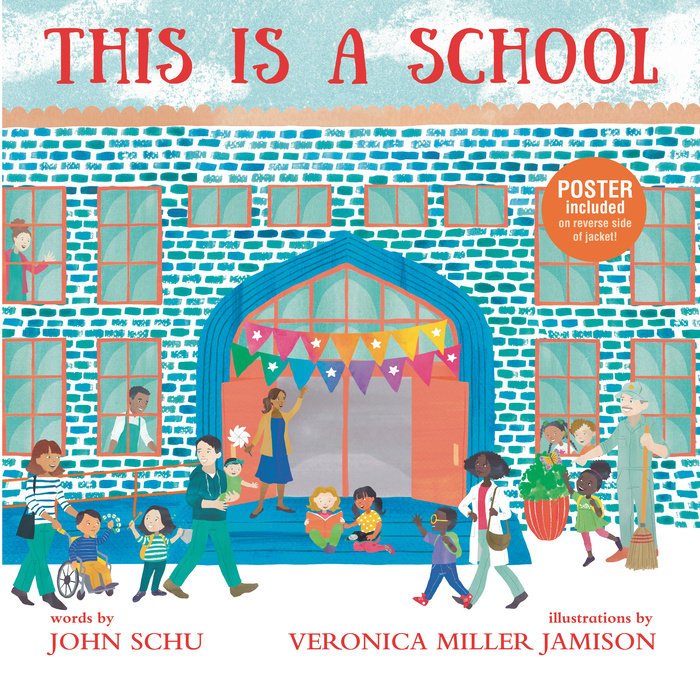
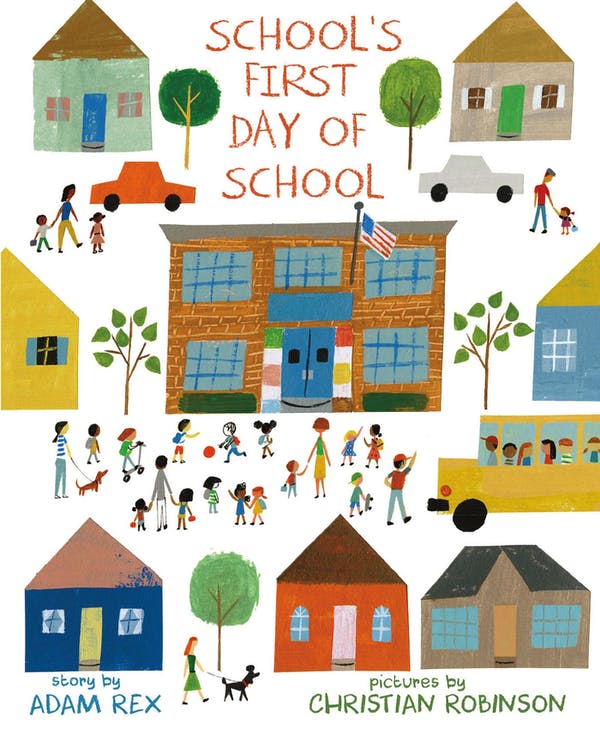
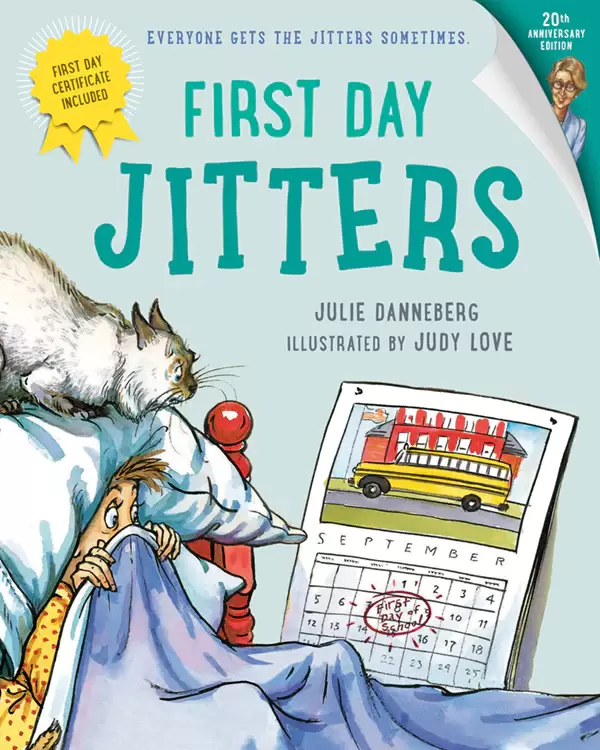
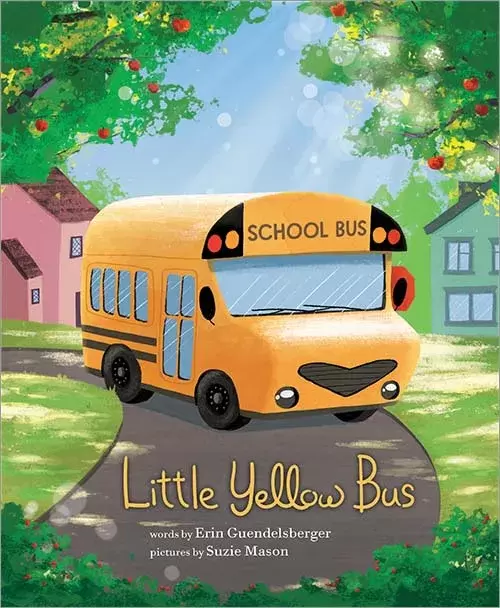
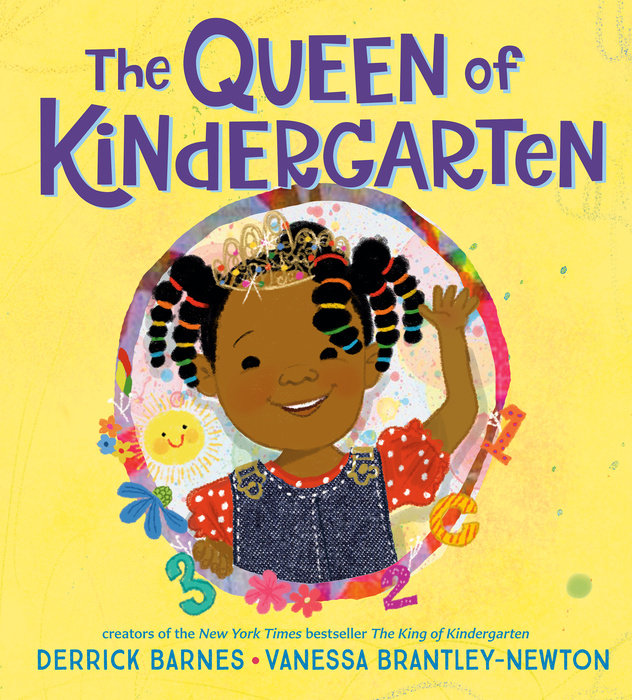
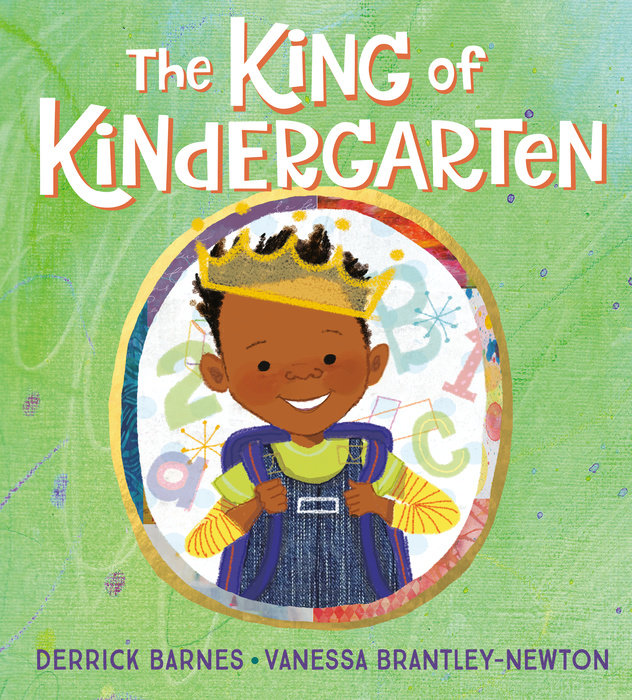
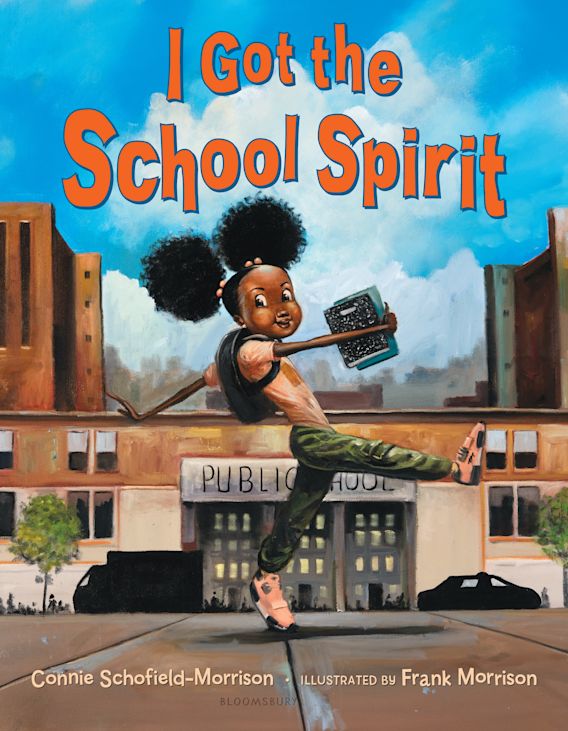

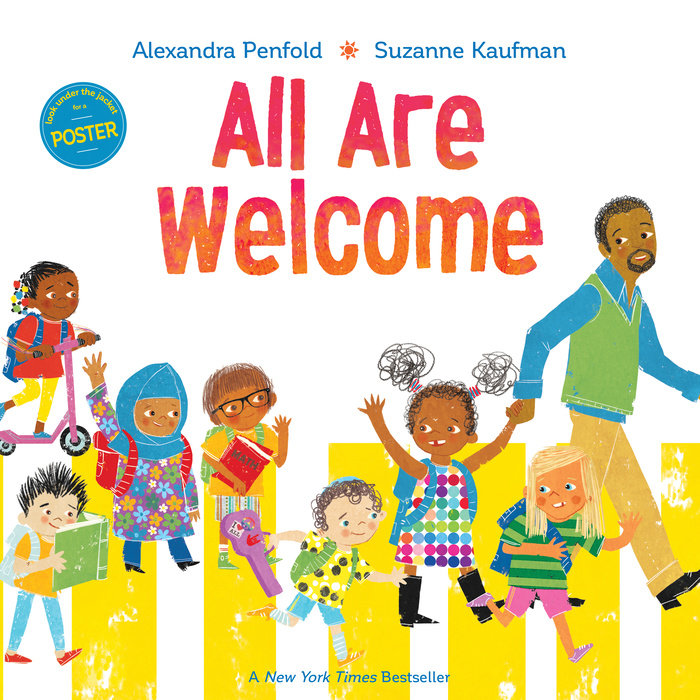
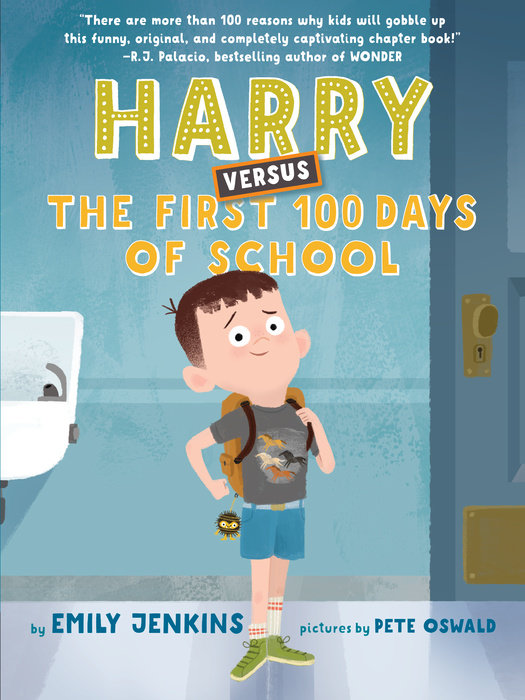
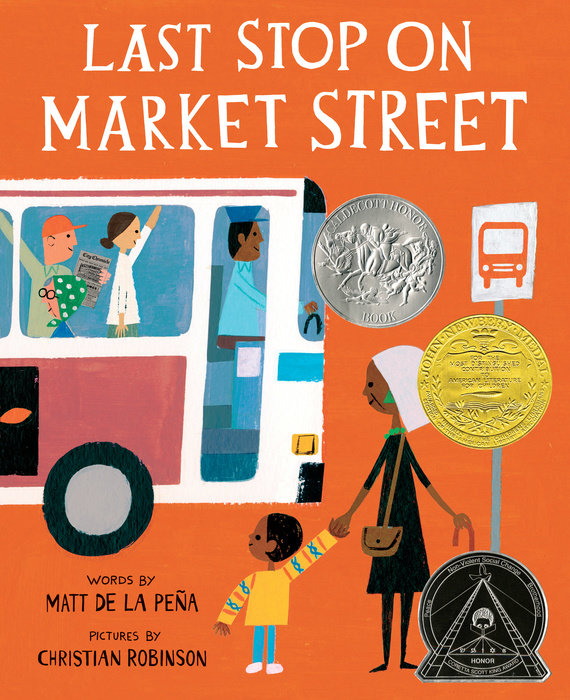
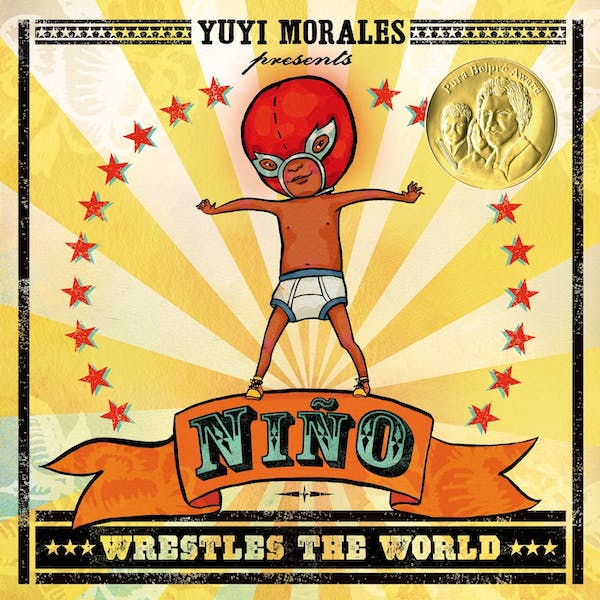
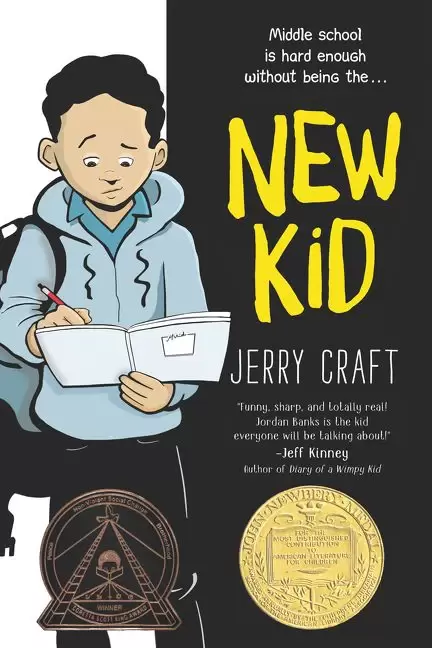
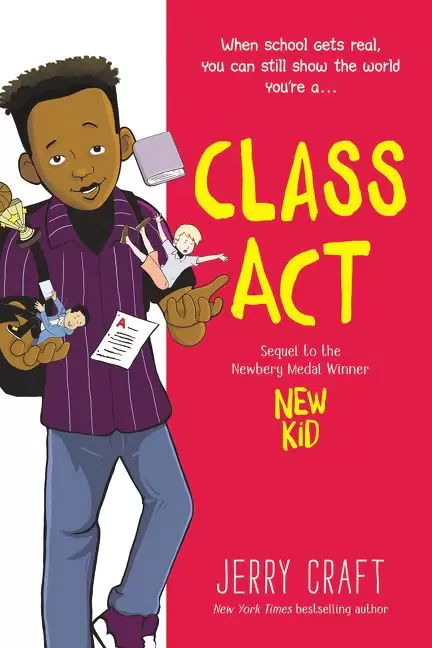
 RSS Feed
RSS Feed